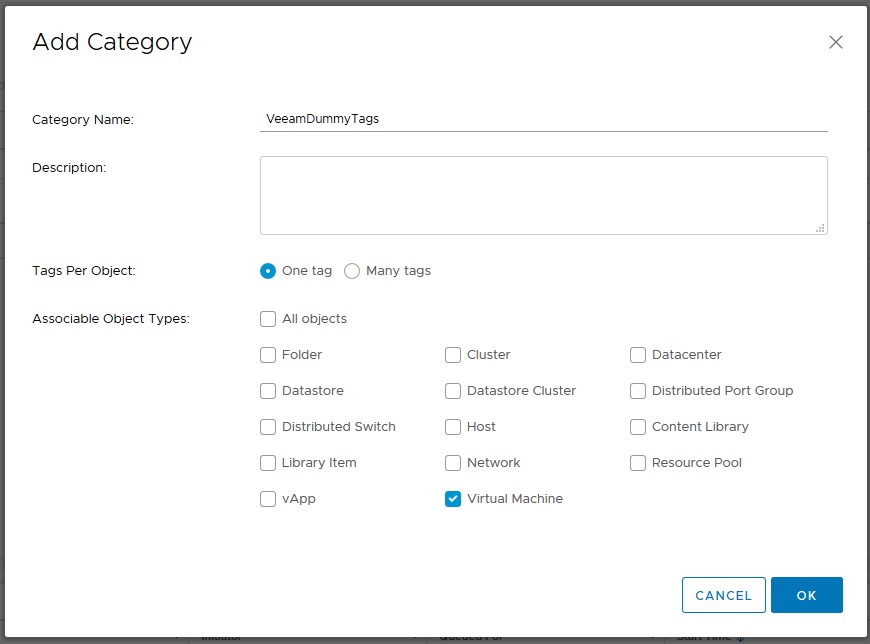

- Rapid recovery powershell job to check jobs update#
- Rapid recovery powershell job to check jobs free#
For instance, in AppAssure 5.3, the replication progress can be tracked from the Target Core but not on the Source Core. Due to the limitations of the AppAssure PowerShell module, this is not always possible.
Rapid recovery powershell job to check jobs free#
Rapid recovery powershell job to check jobs update#
You can do it very easily with a simple UPDATE statement. To fix this issue and allow SQL Server Agent to run more PowerShell steps at the same time you need to change this configuration. It turns out that by default it is configured to have only two worker threads for PowerShell jobs’ steps.

To check why only two PowerShell jobs are running you need to take a look on SQL Server Agent Subsystems configuration. SQL Server Agent Subsystems configuration If you use _help_job procedure, then you will find execution status in current_execution_status column. In the Job Activity Monitor you can very easily spot that two jobs have the ‘Executing’ status and the third one is waiting for a worker thread. To do that you can use the _help_job procedure or open SSMS Job Activity Monitor. You can use the Quick Setup to get a backup job up and running quickly. EXEC _start_job _start_job _start_job you have 60 seconds to check the current execution status for these jobs. You can use it for data mining, disk-to-disk backups, fast data recovery for. Three new SQL Server jobs should now appear in SSMS Object Explorer. corename Read-Host Enter the name of the Core to monitor default ( env:computername ). USE ĬREATE PROCEDURE #temp_CreateJob sysnameĮXEC _add_jobserver = _add_jobstep -Seconds _update_job create three new jobs run below query. Write-host Real Time AppAssure Active Jobs Monitor. If you’re not familiar with temporary stored procedures I invite you to read this post: Temporary Stored Procedures – good, old and little-known feature. We will use a temporary stored procedure to make jobs creation easier (and to make sure we won’t leave any unnecessary objects after we finish our exercise). In our case, 60 seconds should be enough. For testing purpose, we will use the PowerShell Start-Sleep command that waits for a given time. These steps cannot be the quick ones because you won’t notice this problematic behavior. If your SQL Server Agent runs with default configuration values you should be able to easily reproduce this issue.įirst of all, you need to create at least 3 SQL Server Agent jobs with PowerShell steps. Usually, you don’t see such things with other job step’s types. On the icon bar, click (Settings), and then do one of the following. Navigate to the Rapid Recovery Core Console. If another time is more suitable, change this setting in the Nightly Jobs Time field using this procedure. cron service for scheduling virtually any job, including batch, big data jobs. The default schedule to run nightly jobs is 12:00 am. However, when jobs are started simultaneously, only two of them are running, the rest is waiting for worker threads. A leader in backup and disaster recovery (DR) offering customers the. Every job tested separately works fine without any issues. Created scripts are now executed by Agent Jobs with PowerShell steps. In this blog post, I will describe what do to if you encounter a similar issue.ĭue to the various circumstances, we had to rewrite some of our maintenance jobs from T-SQL to PowerShell. During the final test run, he noticed that some of the jobs were executing fine and one of them was waiting for a worker thread. He was deploying new PowerShell maintenance SQL Server Agent Jobs on a new SQL Server instance. Recently one of my teammates experienced a quite interesting issue.


 0 kommentar(er)
0 kommentar(er)
